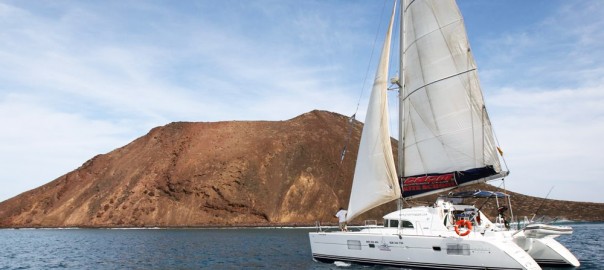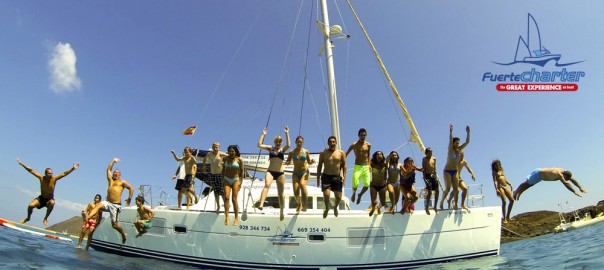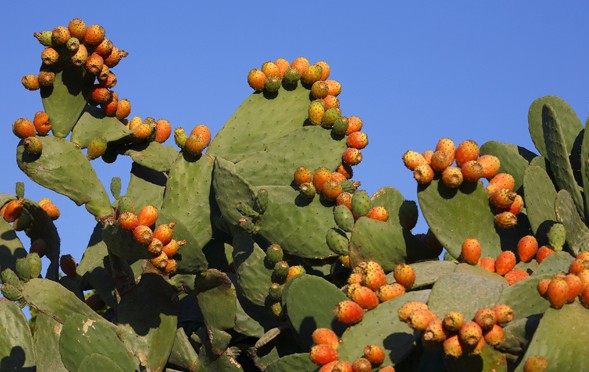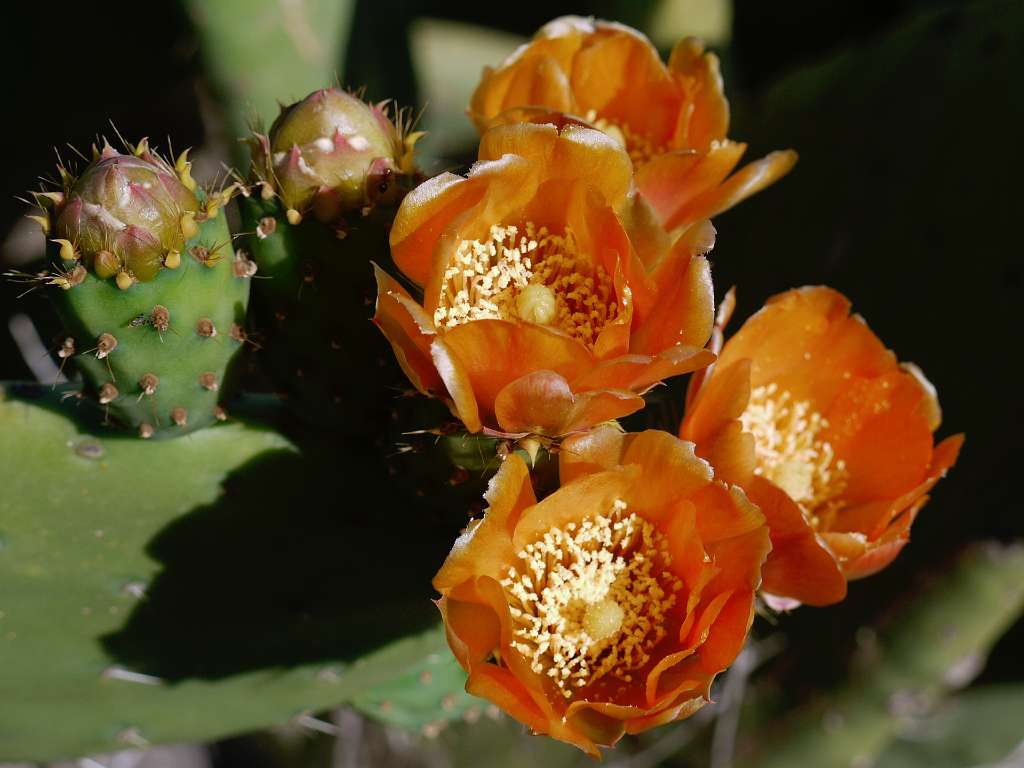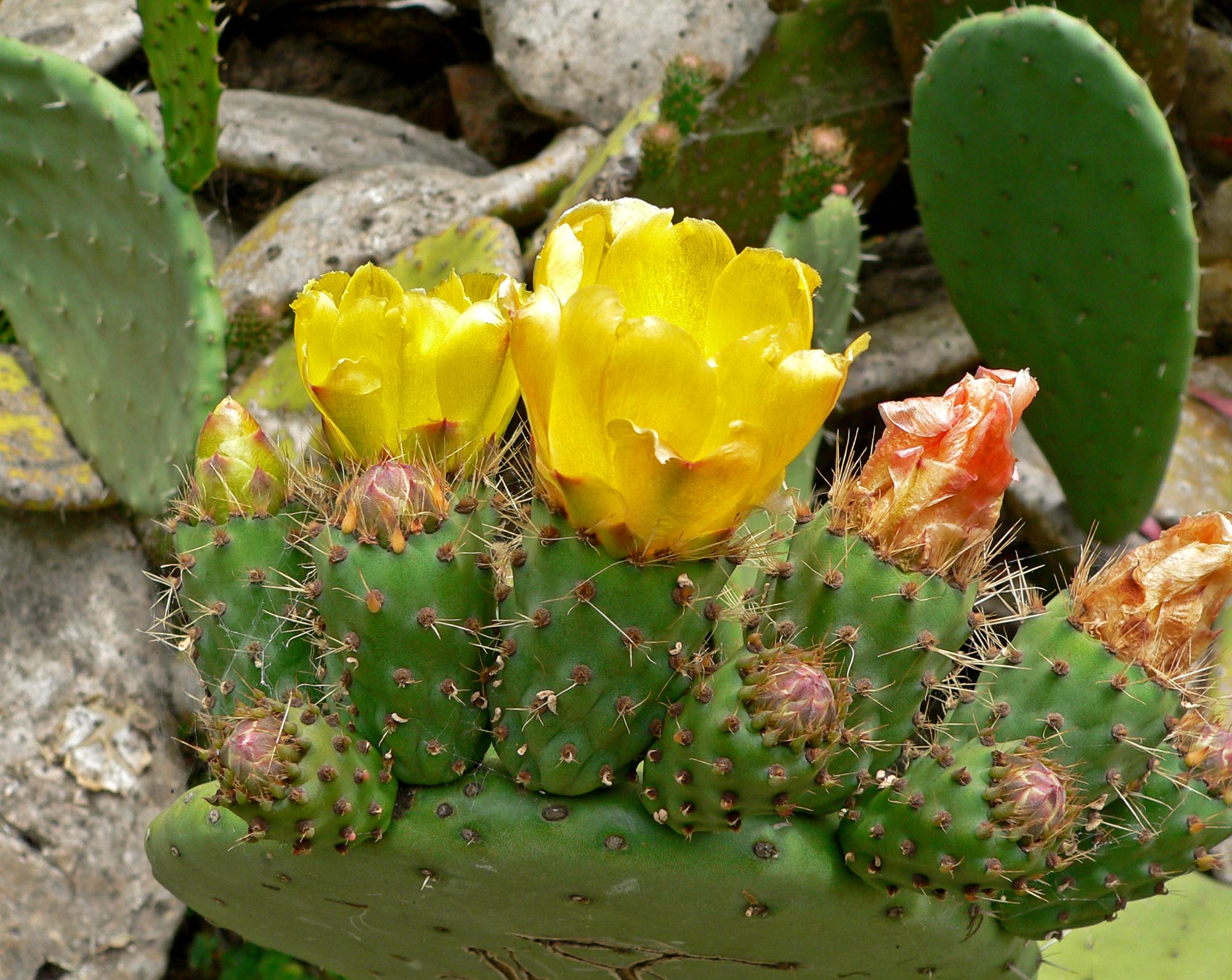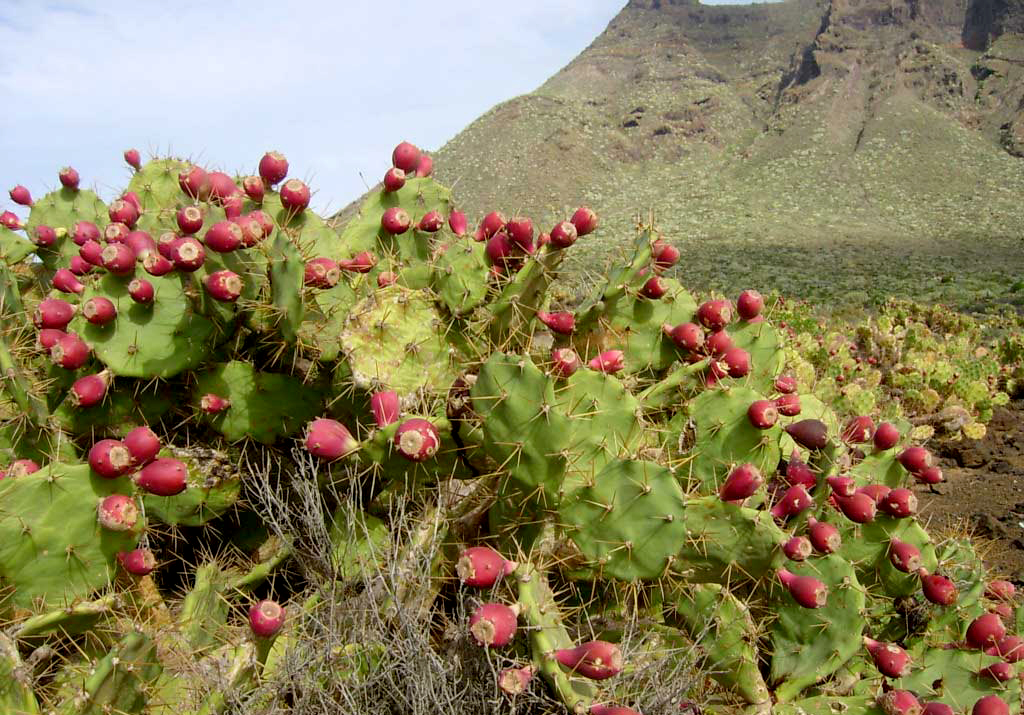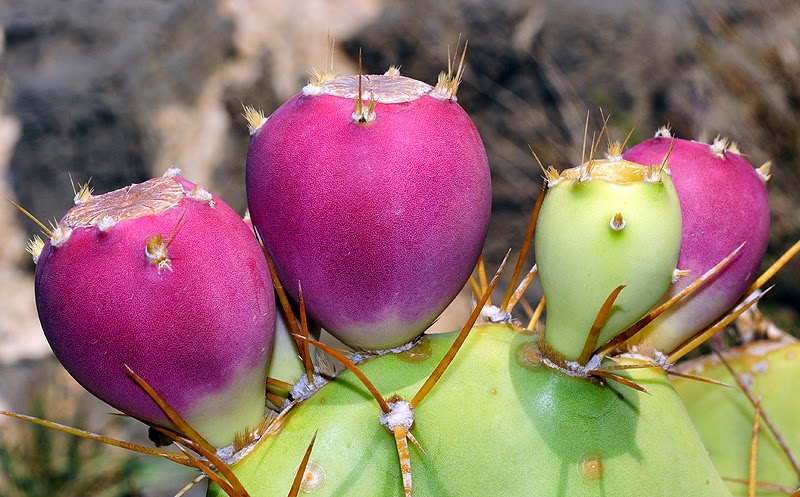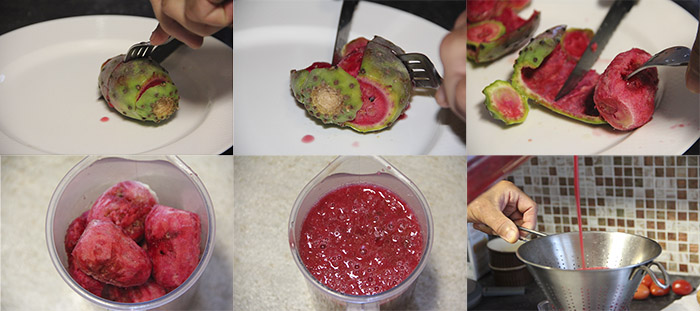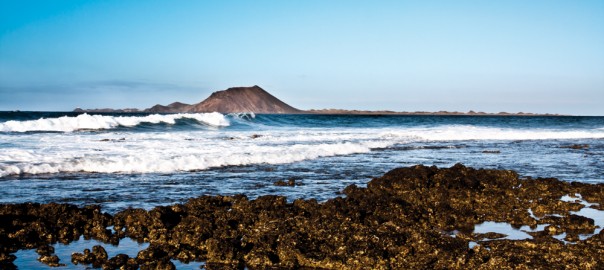As we said in the introduction of this blog, living in an island like Fuerteventura is a real stroke of luck. Anywhere you look at nature offers you spectacular sights.
FuerteCharter is lucky to carry out its daily activity — boat trips on Kayak, SUP and Snorkel— in the north-east of the Island of Fuerteventura, in the coastal town of Corralejo.
Corralejo —a town of seafarers that life turned into the most visited tourist site in the North of the island —is the link between Fuerteventura and our neighbour island, Lanzarote, from which “El estrecho de la Bocaina” separates us (15km), and in the middle of these two islands, wild and isolated, the islet of “Lobos” stands out. It seems that in ancient geological ages “El estrecho de la Bocaina” didn’t exist and the two island — as well as the islet of “Lobos” — made up a single tract of land.
The strait offers perfect conditions for sailing, due to the trade winds channelling, so this is the favourite daily route of FuerteCharter which, depending on the conditions, offers either trips to Lobos or journeys to the neighbour island, Lanzarote.
The branch of sea that separates Fuerteventura from Lobos is a canal known as “El Río”. It’s located 2km away from Corralejo, and its waters aren’t deeper than 10m.
The islet of “Lobos”, with an area of 6km2 and a maximum height of 127m at the volcanic cone of “La Caldera”, took its name from the ancient inhabitants of its coasts: a colony of monk and fur seals. This islet has a unique landscape and it is part of the Natural Park “Dunas de Corralejo”, a beauty which doesn’t leave indifferent to visitors and residents alike. It’s an area of great wealth and biological value — land as well as sea bed, and it has been declared marine reserve— which we’ll describe more in detail in next articles, where we’ll tell you about the lighthouse-keeper —Antoñito— and his family, who inhabited it until 1968, about its marine species, its wetlands, its beach of “La Concha” and its pretty little harbour.
Another of the charms we can highlight in this area are the different recommended scuba diving spots, like “El Veril del Calamareo”, with vaults and caves and corridors among rocks, “El Veril de La Bocaina”, “El Bajón del Río”, with a mix of rock and pristine sand, “El punto de los Becerros”, standing out because of the great amount of fish, and the area of “La Carrera”, with little currents and very protected from the winds.
No doubt, FuerteCharter enjoys a great privilege. Would you like to come and share it with us?
FuerteCharter’s team
